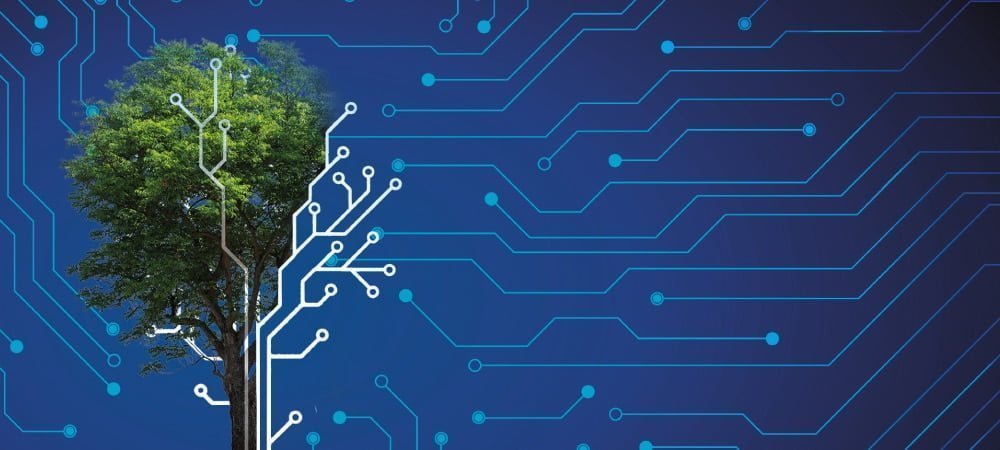SAP Migration and Innovation


Migrations can be closely dovetailed with modernization and innovation topics. Open source principles, technologies and solutions such as open hybrid cloud platforms form the basis. By 2027, SAP users will have to migrate their databases to Hana and applications to S/4. The transformation is associated with technical and business challenges.
At the same time, companies need to address new issues in terms of competitiveness and future viability and cover them in IT. After all, there is no way around the use of modern applications, technologies and architectures in the SAP world. These include hybrid multi-cloud platforms, cloud-native development with containers and microservices, automation solutions, AI and ML, data analytics, big data and IoT.
One obstacle to the necessary modernization of legacy systems is often the old solution concepts, interfaces and integrations that are not cloud-capable and can only be used in special configurations, such as backup or monitoring tools or Abap-based add-ons from the ECC landscape. Companies should seize the opportunity here to integrate these applications in the SAP periphery into their migration strategy and modernize them in parallel.
Combining migration and innovation for existing SAP customers: Red Hat SAP Modernization Factory for S/4 conversion.
The overarching goal is to transform the often siloed SAP landscape into an integrated enterprise IT as part of an innovation strategy. Many companies traditionally follow a step-by-step approach: Only after the migration has been completed is the modernization tackled.
In concrete terms, the modernization process usually takes place in four phases: from analysis on preliminary projects and SAP housekeeping, i.e., optimization of data storage, through the actual technical migration to the target architecture, to modernization and integration of innovative solutions. This approach corresponds to a more SAP-focused inside-out view, for example with a transfer of ERP systems to the cloud using the Rise-with-SAP-
offer, to a certain extent according to the Lift and Shift motto.
The integration and realization of outside-in added value from the non-SAP area are postponed until the end of the migration phase. Until now, there was an understandable reason for this procedure: If modernizations and optimizations were carried out at the same time as migrations, this often extended the duration of the project. Now, in an IT migration, innovation can be an integral part of the project right from the start.
The basis for implementing concepts that combine migration scenarios with modernization and innovation topics are open source technologies, cloud-native development models, certified Enterprise Kubernetes platforms and automation solutions, specifically Red Hat OpenShift and Red Hat Ansible Automation Platform. More and more SAP partners, tools and solutions are therefore using precisely this underpinning for the integration of the SAP landscape into an agile process environment.
With an open source-based stack, modernization can start immediately. Without long project lead times, quick wins and a fast ROI can be achieved for companies after an analysis phase with the determination of the innovation potential. The migration is not affected and there is full transparency about the project progress. An open hybrid cloud environment serves as the basis for modernizing and extending the existing Abap in-house developments. And not to be forgotten: Through cloud-agnostic multi-hybrid cloud usage, companies gain maximum strategic flexibility. In line with the guiding principle "Develop once - deploy anywhere", they can choose to use on-premises environments, hyperscaler infrastructures or the Rise-with-SAP offering.
Ansible has established itself as a bridge builder for the automation required in the context of modernization - and not only for technical migration, but especially with self-services for the higher-level innovation topics. In principle, Ansible supports fast, efficient, and reliable provisioning and management of SAP workloads in the SAP landscape. For example, Ansible is used for Hana deployments and configurations. One crucial point should not be forgotten: Ansible can now also be used to automate into a running SAP system, for example, to read out user authorizations and enter them into another system. Ansible is also used for hybrid cloud deployments, i.e., for the automated provisioning and management of traditional and new containerized SAP workloads as well as non-SAP applications.
The ecosystem around Ansible is growing continuously, so that more and more use cases in the SAP context can be orchestrated and automated, for example around topics such as compliance, governance, security, or sustainability. This involves linking various systems and business processes beyond SAP and automating them end-to-end.
Such innovative activity is essential for the competitiveness of companies in today's world. The examples of AI and ML provide impressive proof of this. Not least due to the hype surrounding ChatGPT, they are becoming increasingly relevant, even among SAP users. ML can be used efficiently in a wide variety of SAP areas, such as master data analysis, optimization of production processes and supply chains, or quality control. Many companies are currently developing and training models with SAP data, which they then run in production environments. An ideal basis for this development and deployment process is again an open hybrid cloud platform.
SAP migration can begin with innovation. There is no longer a need to decide between migration and modernization; both can be carried out simultaneously and at the same speed. Under the motto "Drive by Innovation" with a close interlocking of migration and innovation.





